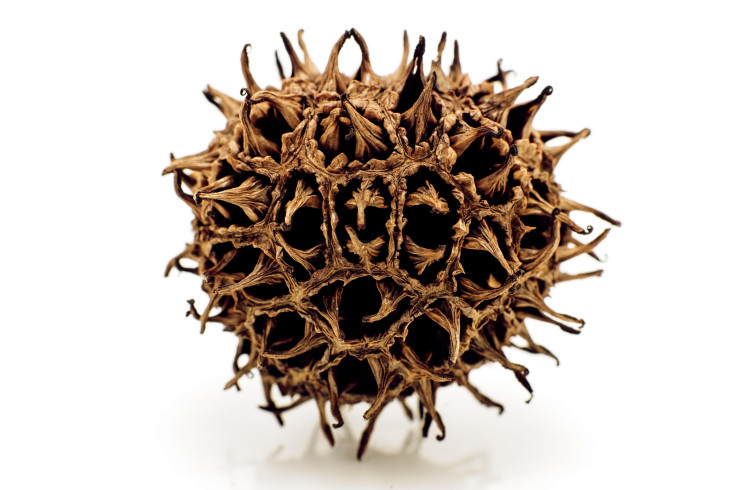Are you scared of holes? Scientists have figured out why so many people have Trypophobia
The phobia has puzzled researchers, but it actually reflects our disgust of infectious diseases.

Scientists have found a new explanation for why some people suffer from trypophobia – the fear of holes. The disgust they feel in response to these stimuli may reflect their feeling of anxiety about diseases and harmful pathogens.
Trypophobia is a condition which triggers disgusted reactions in some people when they see seemingly innocuous images of clusters of holes, such as those on a sponge or the bubble on a cup of coffee.
The condition was first described on the internet in 2005 but it is not a recognised medical diagnosis.
However, scientists have since then been greatly intrigued by trypophobia. They are still unsure what might be causing it, given the harmless nature of these 'hole clusters'.
A few theories have been proposed so far, but they have failed to convince the entire scientific community.
In one study entitled 'Fear of Holes' - the first dedicated to the condition - scientists conducted spectral analyses of clusters of holes (a type of chemical analysis), showing their spectral composition reminds people of visual features commonly seen in poisonous animals like spiders and snakes. The phobia may thus be an evolutionary adaptation to danger, they concluded.

In the latest study on the subject, published in the journal Cognition and Emotion, scientists from the University of Kent and the University of Essex propose another hypothesis. They argue that this aversion is an evolutionary response which reflects human fear of infectious diseases.
Images of diseased bodies
To conduct their research, the authors recruited 300 self-diagnosed trypophobia sufferers from online groups and 300 controls - students who did not report having the phobia.
Sixteen images were presented to the participants. Half of these images showed clusters of holes relating to diseased body parts. The other half represented clusters of holes that weren't related to an illness, such as lotus pods.
While participants in both groups were disgusted by the images related to disease, only the trypophobia sufferers felt unease when looking at the other set of pictures.
In fact, what they felt was more disgust than fear, with symptoms such as nausea or feeling that their skin was crawling. This suggest that the phobia is probably not a response to a fear of dangerous animals.
Rather, the researchers think it betrays disgust towards pathogens and infectious agents. Cluster of small holes may indeed remind people of some of the symptoms seen in diseases such as smallpox, measles and typhus (such as a rash).
This study relies on quite a small sample of people, so it does not bring a conclusive answer to explain trypophobia. Nevertheless, it is another step in understanding this mysterious phobia, which may motivate more scientists to investigate.
© Copyright IBTimes 2025. All rights reserved.






















